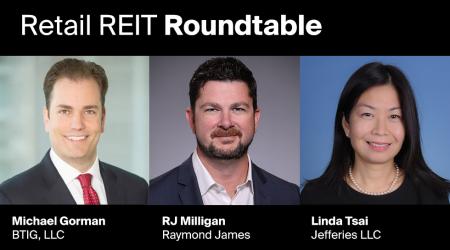Retail REITs own and manage retail real estate and rent space in those properties to tenants. Retail REITs include REITs that focus on large regional malls, outlet centers, grocery-anchored shopping centers and power centers that feature big box retailers.
Net lease REITs own freestanding properties and structure their leases so that tenants pay both rent and the majority of operating expenses for a property. Well-known companies that utilize REIT-owned real estate include Whole Foods, Nordstrom, Krogers, and many more.
Who Invests in Retail REITs?
Many Americans may be unaware that they already have investments in REITs via their 401ks, Thrift Savings Plan (TSP), or other investment vehicle geared towards retirement. Large institutional investors, including pension funds, endowments, foundations, insurance companies, and bank departments, also invest in REITs as a cost effective and efficient way to gain exposure to the real estate asset class.
How to Invest in Retail REITs
There are currently 28 retail REITs listed on the FTSE Nareit US Real Estate Indexes that individuals can invest in directly with the help of a broker or by purchasing shares in a participating REIT mutual fund of REIT exchange-traded fund (ETF).
Overview
10/31/2024, Source: FTSE
Quarterly Data
Source: Nareit T-Tracker
| Q2 2024 | 2024 | |
|---|---|---|
| FFO ($M) | $3,876 | $7,817 |
| NOI ($M) | $4,895 | $9,695 |
| Dividends paid ($M) | $2,580 | $5,132 |
| SS NOI | 3.03% | |
| Occupancy Rate | 96.82% |






